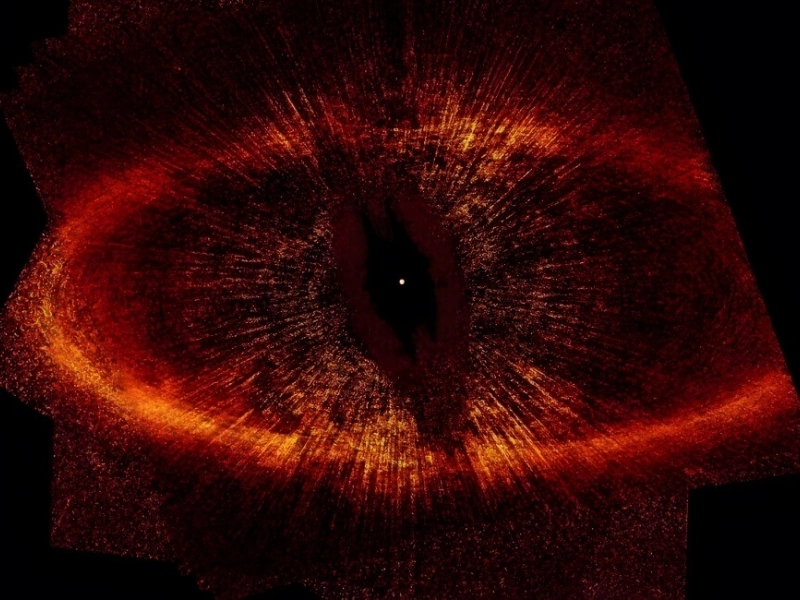Discovery: Dark Lanes in the Andromeda Galaxy Found Year: 1920 Discoverer: Heber Curtis Location: The Andromeda Galaxy The Andromeda Galaxy, a barred spiral galaxy approximately 2.5 million light-years from Earth, is the closest major galaxy to our own. In 1920, American astronomer Heber Curtis made significant observations of dark lanes within this galaxy, noting their resemblance to dust clouds.
Key Insights: Dark Lanes: Curtis's observations contributed to our understanding of the structure and composition of the Andromeda Galaxy. Importance: These dark lanes indicate the presence of interstellar dust, which plays a crucial role in star formation and galaxy evolution. Significance Curtis's findings on the Andromeda Galaxy paved the way for further research into its characteristics and the broader dynamics of galaxies.
Conclusion The study of dark lanes in the Andromeda Galaxy enhances our comprehension of galactic structures and processes, enriching our knowledge of the universe beyond our Solar System.

Discovery: Dust Rings of the Andromeda Galaxy Credit: ©NASA Image Collection/Alamy The dust rings of the Andromeda Galaxy are prominent features visible in images, primarily due to their composition of various chemical compounds that emit infrared light.
Key Characteristics: Formation: These dust rings are created during the processes of star birth and star death, playing a vital role in the lifecycle of stars. Structure: The rings trace the spiral structure of the galaxy, highlighting the intricate dynamics of its formation and evolution. Significance The presence of dust rings in the Andromeda Galaxy provides valuable insights into the processes of star formation and the chemical enrichment of the galaxy.
Conclusion The study of these dust rings enhances our understanding of the Andromeda Galaxy's structure and the broader mechanisms at play in galaxy evolution, contributing to our knowledge of the universe.